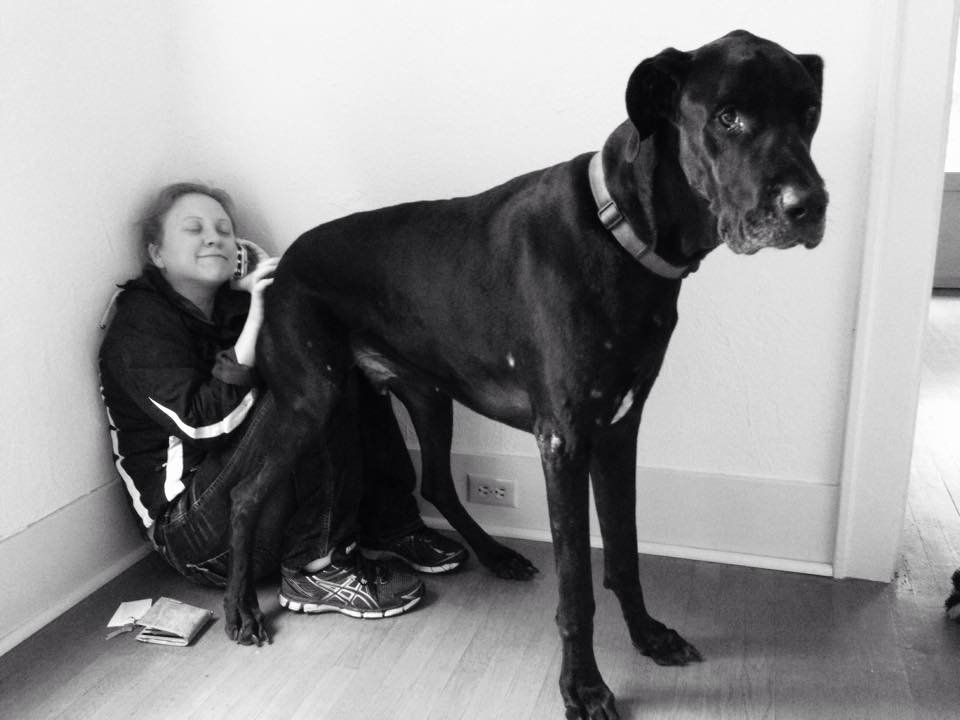At Google, Marian Croak’s technical research team, The Center for Responsible AI and Human-Centered Technology, and Jen Gennai’s operations and governance team, Responsible Innovation, collaborate often on creating a fairer future for AI systems.
The teams complement each other to support computer scientists, UX researchers and designers, product managers and subject matter experts in the social sciences, human rights and civil rights. Collectively, their teams include more than 200 people around the globe focused on putting our AI Principles – Google’s ethical charter – into practice.
“The intersection of AI systems and society is a critical area of my team’s technical research,” Marian says. “Our approach includes working directly with people who use and are impacted by AI systems. Working together with Jen’s central operations team, the idea is to make AI more useful and reduce potential harm before products launch.”
For Women’s History Month, we wanted to talk to them both about this incredibly meaningful work and how they bring their lived experiences to it.
How do you define “responsible AI”?
Marian: It’s the technical realization of our AI Principles. We need to understand how AI systems are performing in respect to fairness, transparency, interpretability, robustness and privacy. When gaps occur, we fix them. We benchmark and evaluate how product teams are adopting what Jen and I call smart practices. These are trusted practices based on patterns we see across Google as we’re developing new AI applications, and the data-driven results of applying these practices over time.
Jen: There are enormous opportunities to use AI for positive impact — and the potential for harm, too. The key is ethical deployment. “Responsible AI” for me means taking deliberate steps to ensure technology works the way it’s intended to and doesn’t lead to malicious or unintended negative consequences. This involves applying the smart practices Marian mentioned through repeatable processes and a governance structure for accountability.
How do your teams work together?
Marian: They work hand in hand. My team conducts scientific research and creates open source tools like Fairness Indicators and Know Your Data. A large portion of our technical research and product work is centered in societal context and human and civil rights, so Jen’s team is integral to understanding the problems we seek to help solve.
Jen: The team I lead defines Google policies, handles day-to-day operations and central governance structure, and conducts ethical assessments. We’re made up of user researchers, social scientists, ethicists, human rights specialists, policy and privacy advisors and legal experts.
One team can’t work without the other! This complementary relationship allows many different perspectives and lived experiences to inform product design decisions. Here’s an example, which was led by women from a variety of global backgrounds: Marian’s team designed a streamlined, open source format for documenting technical details of datasets, called data cards. When researchers on the Translate team, led by product manager Romina Stella, recently developed a new dataset for studying and preventing gender bias in machine learning, members of my team, Anne P., N’Mah Y. and Reena Jana, reviewed the dataset for alignment with the AI Principles. They recommended that the Translate researchers publish a data card for details on how the dataset was created and tested. The Translate team then worked with UX designer Mahima Pushkarna on Marian’s team to create and launch the card alongside the dataset.
I’m inspired most when someone tells me I can’t do something. No matter what obstacles you face, believe you have the skills, the knowledge and the passion to make your dreams come true.
How did you end up working in this very new field?
Marian: I’ve always been drawn to hard problems. This is a very challenging area! It’s so multifaceted and constantly evolving. That excites me. It’s an honor to work with so many passionate people who care so deeply about our world and understanding how to use technology for social good.
I’ll always continue to seek out solutions to these problems because I understand the profound impact this work will have on our society and our world, especially communities underrepresented in the tech industry.
Jen: I spent many years leading User Research and User Advocacy on Google’s Trust and Safety team. An area I focused on was ML Fairness. I never thought I’d get to work on it full time. But in 2016 my leadership team wanted to have a company-wide group concentrating on worldwide positive social benefits of AI. In 2017, I joined the team that was writing and publishing the AI Principles. Today, I apply my operational knowledge to make sure that as a company, we meet the obligations we laid out in the Principles.
What advice do you have for girls and women interested in pursuing careers in responsible tech?
Marian: I’m inspired most when someone tells me I can’t do something. No matter what obstacles you face, believe you have the skills, the knowledge and the passion to make your dreams come true. Find motivation in the small moments, find motivation in those who doubt you, but most importantly, never forget to believe in the greatness of you.
Jen: Don’t limit yourself even if you don’t have a computer science degree. I don’t. I was convinced I’d work in sustainability and environmental non-profits, and now I lead a team working to make advanced technologies work better for everyone. This space requires so many different skills, whether in program management, policy, engineering, UX or business and strategy.
My mantra is “lift as you lead.” Don’t just build a network for yourself; build a supportive network to empower everyone who works with you — and those who come after you, especially those who are currently underrepresented in the tech sector. Your collective presence in this space makes a positive impact! And it’s even stronger when you build a better future together.

